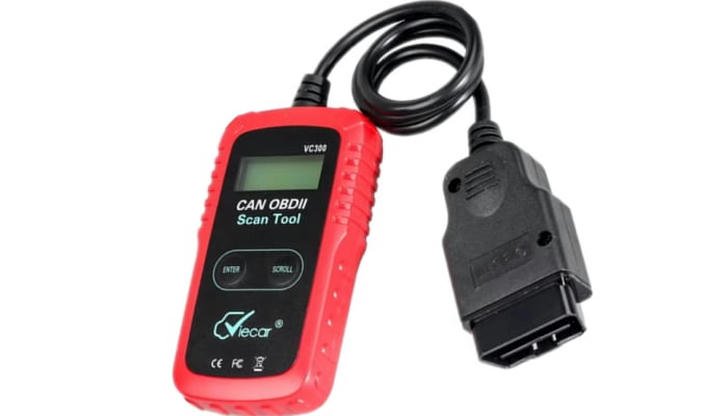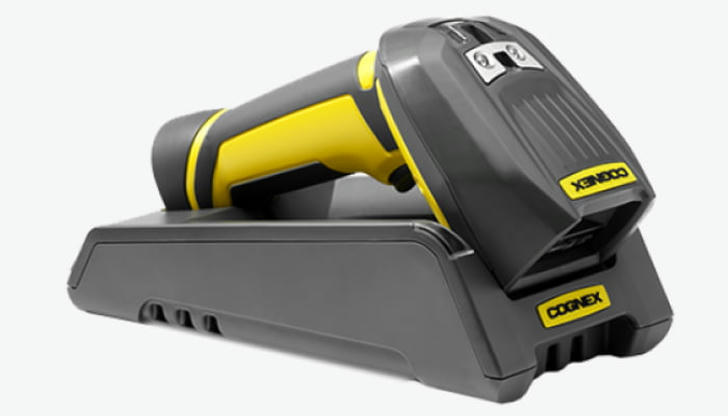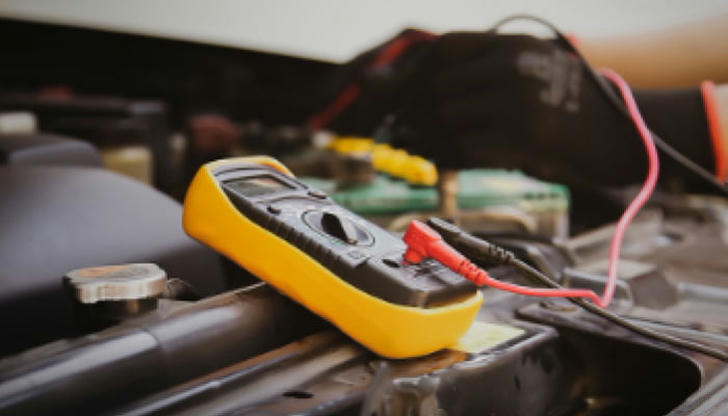How to Diagnose Common Car Problems Using Vehicle Diagnostic Tools

In today's fast-paced world, vehicle owners face challenges when dealing with car problems. However, thanks to advanced technology, diagnosing these issues is now easier than ever before. Vehicle diagnostic tools have revolutionized the way mechanics and car enthusiasts identify problems with vehicles. From engine troubles to electrical system failures, these tools allow quick and efficient troubleshooting, saving both time and money.
This article will guide you on how to diagnose common car problems using vehicle diagnostic tools, offering clear insights, practical tips, and step-by-step guidance.
Types of Vehicle Diagnostic Tools
There are various types of diagnostic tools, each designed for different purposes. Let's explore the most common ones:
1. OBD-II Scanner

The OBD-II scanner is the most popular diagnostic tool for modern vehicles. It connects to the car's OBD-II port and reads the error codes. Once connected, the scanner provides a detailed report on the car's condition.
2. Handheld Code Readers

These are basic devices designed to read and clear error codes. While they may not offer in-depth information like advanced scanners, they are user-friendly and affordable.
3. Bluetooth Diagnostic Tools
These tools connect to your smartphone or tablet via Bluetooth. They are convenient as they allow you to diagnose problems using an app. You can read, clear codes, and monitor real-time data without the need for a bulky device.
4. Manufacturer-Specific Tools
Some car manufacturers offer specialized diagnostic tools for their vehicles. These tools provide detailed information specific to the make and model of the car, allowing for a more accurate diagnosis.
How to Use a Vehicle Diagnostic Tool
Now that you understand what diagnostic tools are, let's explore how to use them effectively to diagnose car problems.
Step 1: Locate the OBD-II Port
The OBD-II port is typically found under the dashboard on the driver's side. It is a 16-pin connector, easily accessible in most cars manufactured after 1996.
Step 2: Connect the Diagnostic Tool
Once you have located the OBD-II port, plug the diagnostic tool into it. If you are using a Bluetooth diagnostic tool, ensure that your smartphone or tablet is connected.
Step 3: Turn on the Ignition
For the diagnostic tool to communicate with the car's computer, the ignition must be turned on. You don't need to start the engine—just switch the key to the "ON" position.
Step 4: Read the Error Codes
Once the diagnostic tool is connected and the ignition is on, the tool will read the error codes from the car's system. These codes will appear on the device's screen or the app on your smartphone.
Step 5: Interpret the Error Codes
Each error code corresponds to a specific problem. You can refer to the tool's manual or use online resources to decode the error. For instance, a P0300 code indicates a random misfire in the engine, while a P0171 code points to a lean fuel mixture.
Step 6: Address the Problem
Once you have interpreted the error code, you can decide whether to fix the problem yourself or consult a mechanic. If the issue is minor, such as a loose gas cap, you can resolve it on your own. However, more complex issues may require professional assistance.
Step 7: Clear the Error Codes
After resolving the issue, you can clear the error codes using the diagnostic tool. This resets the car's computer system and turns off the check engine light.
Common Car Problems Diagnosed with Diagnostic Tools
Vehicle diagnostic tools can help identify a wide range of issues. Below are some common car problems that these tools can diagnose:
1. Engine Misfires
Engine misfires are among the most common problems car owners face. A misfire occurs when one or more cylinders fail to combust properly. Diagnostic tools can detect engine misfire codes, helping you pinpoint the affected cylinder.
2. Faulty Oxygen Sensors
Oxygen sensors measure the amount of oxygen in the exhaust system. If these sensors fail, the car may experience poor fuel efficiency and increased emissions. Diagnostic tools can detect sensor issues and provide specific codes related to the oxygen sensors.
3. Transmission Issues
If the car's transmission system is malfunctioning, it can lead to erratic shifting or complete failure to shift gears. Diagnostic tools can reveal transmission error codes, enabling quick identification of the problem.
4. Exhaust System Problems
Issues with the exhaust system, such as a clogged catalytic converter, can lead to reduced engine performance and increased emissions. Diagnostic tools can provide information about the exhaust system's health and suggest potential solutions.
5. Battery and Electrical System Failures

Battery or electrical system issues can cause starting problems, dim lights, or faulty sensors. Diagnostic tools can check the health of the battery and detect any electrical faults.
Tips for Effective Car Diagnostics
To make the most out of your diagnostic tools, consider the following tips:
- Keep the Tool Updated: Regularly update your diagnostic tool's software to ensure you have access to the latest error codes.
- Consult the User Manual: Always refer to the tool's manual for proper usage instructions.
- Research Error Codes: Use reliable online sources or manufacturer resources to understand error codes and their meanings.
- Don't Ignore Minor Issues: Even small problems, like a loose gas cap, can trigger warning lights. Address these issues promptly to avoid further complications.
- Follow Maintenance Schedules: Regular car maintenance can help prevent many common issues, ensuring the vehicle runs smoothly for longer periods.
Conclusion
Vehicle diagnostic tools are essential for diagnosing common car problems efficiently. Whether you're a professional mechanic or a car owner looking to maintain your vehicle, having the right diagnostic tool can save you time and money. By following the steps outlined in this article, you can easily diagnose and address car problems, ensuring your vehicle remains in optimal condition.
Understanding how these tools work and staying informed about your car's health will help you make better decisions, whether for minor repairs or more serious issues. Happy diagnosing!
